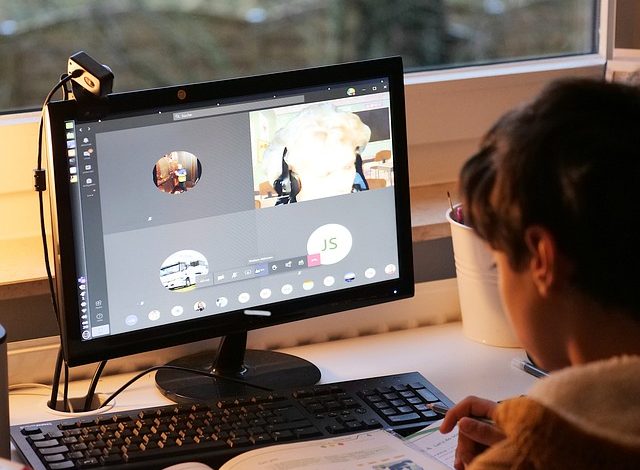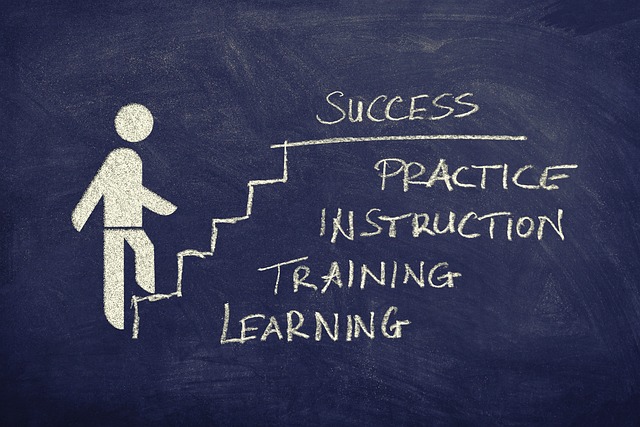How to Choose Homeschooling or Alternative Education and Create a Customized Learning Experience

Are you considering homeschooling or an alternative education option for your child? Deciding on the right educational path for your child can be a difficult and overwhelming process. In this article, we’ll explore the different types of alternative education options available, discuss how to create a customized learning environment, and provide tips for selecting the best homeschooling or alternative education option for your child.
Overview of Alternative Education Options
There are a variety of alternative education options available to families, including homeschooling, online learning, virtual schools, and private or independent schools. Each of these options has its own benefits and drawbacks, so it’s important to consider which one is the best fit for your child’s unique learning needs.
Homeschooling: Homeschooling allows parents or guardians to provide their children with a personalized education in the comfort of their own home. With homeschooling, parents are able to customize their child’s curriculum and learning environment according to their individual needs and interests. Homeschooling also offers increased flexibility for families with non-traditional schedules.
Online Learning: Online learning is a great option for students who want to learn independently or at their own pace. Online courses are typically self-paced, allowing students to work at their own speed and take breaks when needed. Many online courses also offer additional support and resources to help students succeed.
Virtual Schools: Virtual schools provide students with a comprehensive education in an online format. Virtual schools offer the same courses as traditional schools but allow students to work at their own pace and schedule. Students are typically able to access online course materials and resources at any time, allowing for a high degree of flexibility.
Private or Independent Schools: Private or independent schools offer a more traditional approach to education, with classes taught by certified teachers in a classroom setting. These schools typically offer a variety of extra-curricular activities and specialized programs to meet the needs of their students.
How to Create a Customized Learning Environment
No matter which alternative education option you choose, it’s important to create a customized learning experience for your child. This can be done by focusing on the following areas:
Curriculum: When choosing a curriculum for your child, it’s important to consider their individual interests and learning style. There are many different types of curriculums available, ranging from traditional textbooks to interactive online courses.
Learning Environment: The learning environment you create for your child can have a big impact on their overall success. Consider factors such as noise level, distractions, and access to resources when creating a comfortable and conducive learning space.
Schedule: Establishing a flexible yet consistent schedule can help ensure that your child is able to dedicate the necessary time and energy to their studies. Consider your child’s needs and interests when creating a schedule that works for them.
Motivation: Many children need additional motivation and support in order to stay focused and engaged in their studies. Consider ways to incentivize learning, such as awarding special privileges or rewards for completing tasks or achieving goals.
Tips for Selecting the Best Homeschooling or Alternative Education Option for Your Child
When selecting the best homeschooling or alternative education option for your child, it’s important to consider the following factors:
Cost: Cost is often the biggest factor when choosing an alternative education option. Homeschooling and online learning are typically the most economical options, while private or independent schools can be more expensive.
Learning Style: Different types of alternative education options may be better suited to different learning styles. For example, online learning may be a better fit for visual learners, while homeschooling may work better for students who need more personalized instruction.
Goals and Objectives: Consider your child’s goals and objectives when selecting an alternative education option. Different options may be better suited to different goals, such as college preparation or career exploration.
Conclusion
Choosing the right homeschooling or alternative education option for your child can be a difficult and overwhelming process. By considering your child’s unique learning needs, creating a customized learning environment, and selecting the best option for your child’s goals and objectives, you can ensure that they will receive the best possible education.


